About Smart Growth
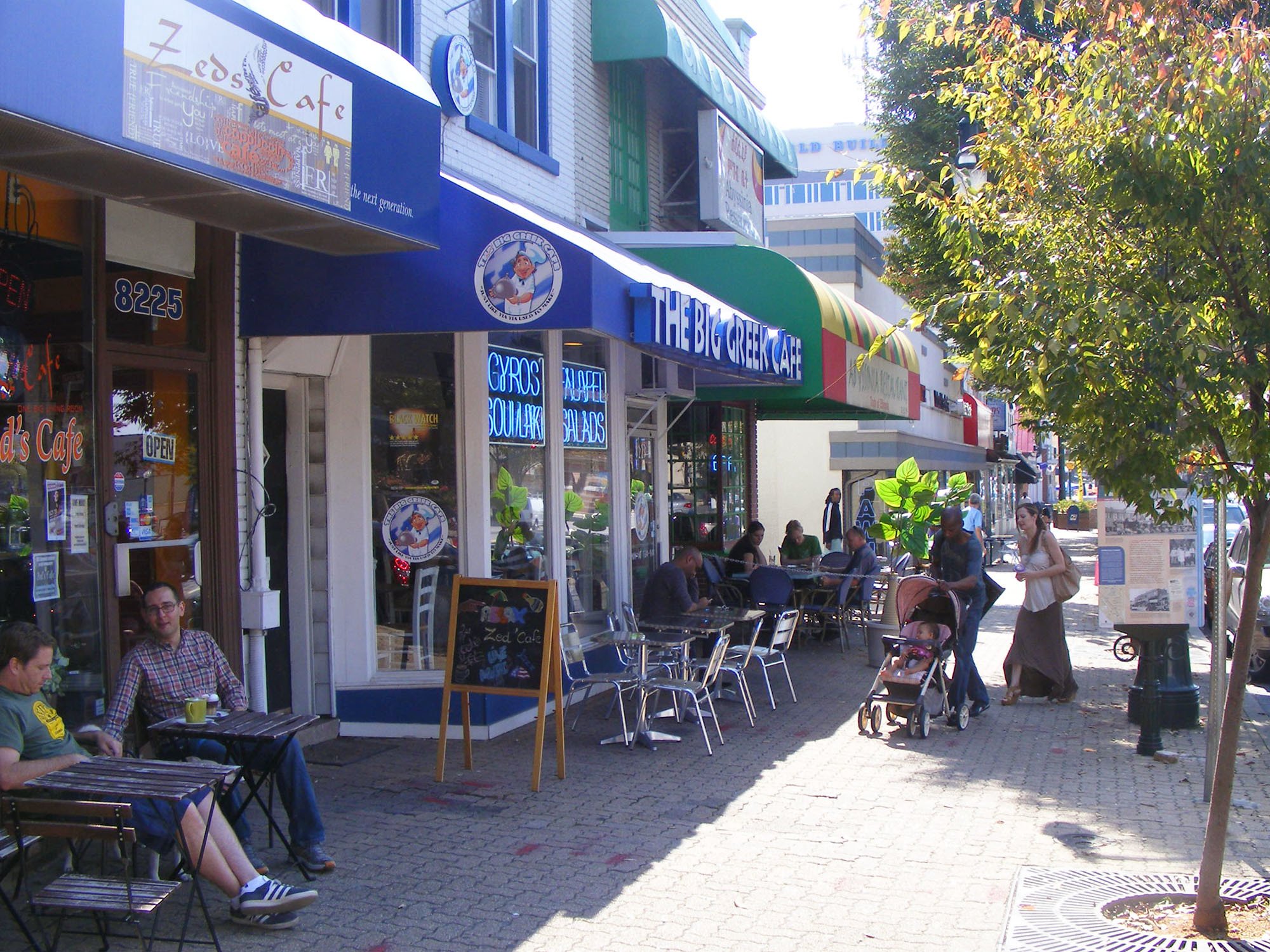
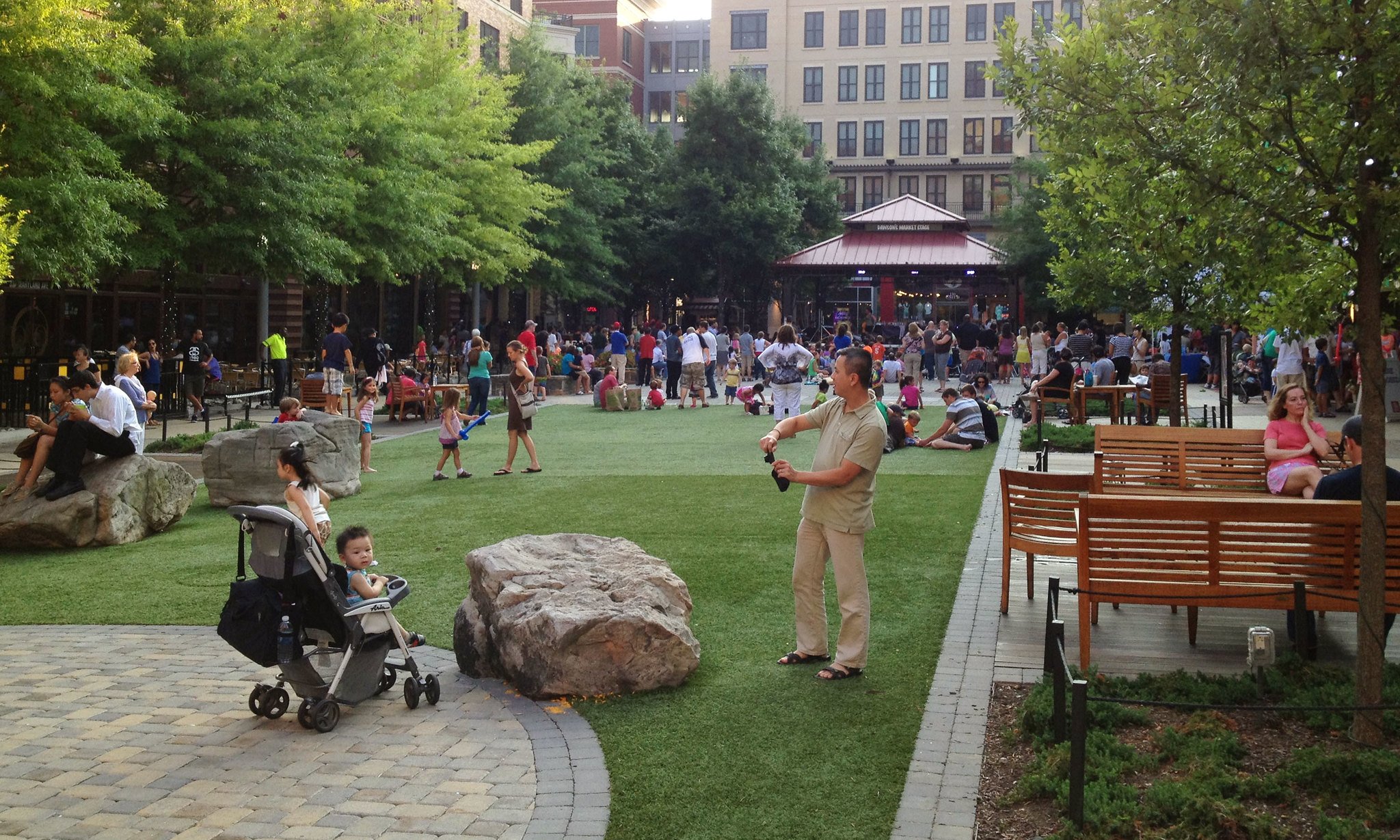

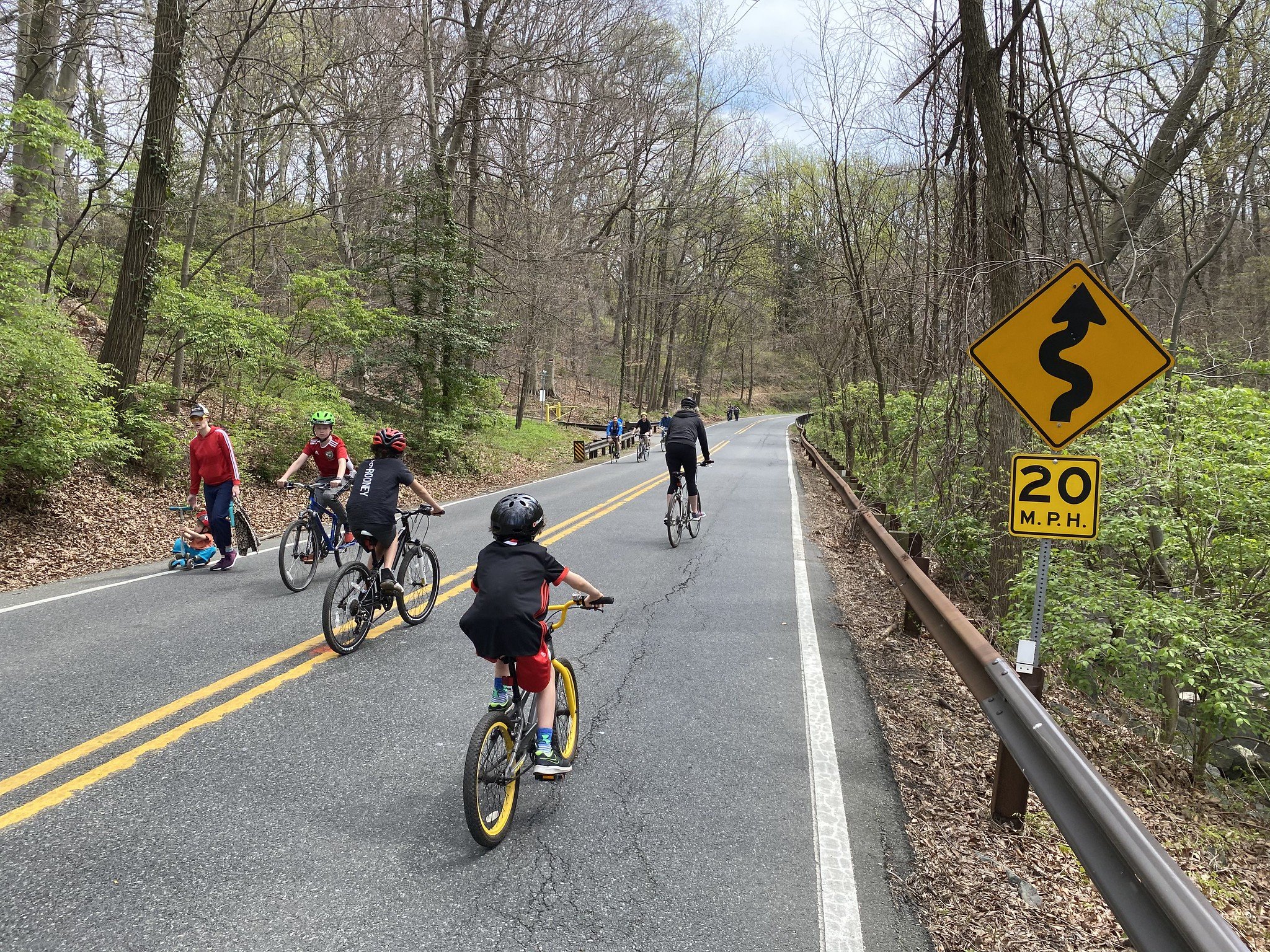
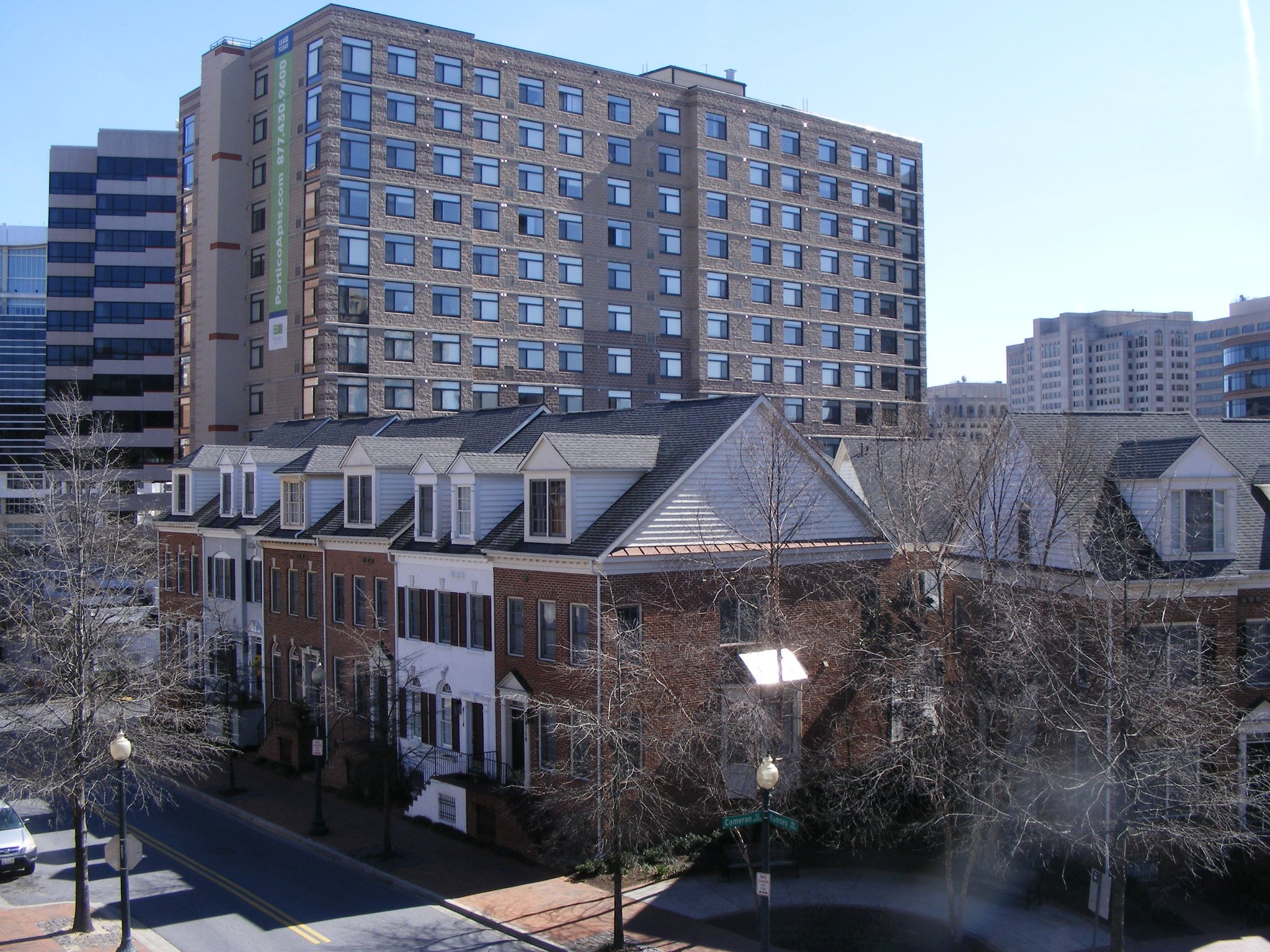
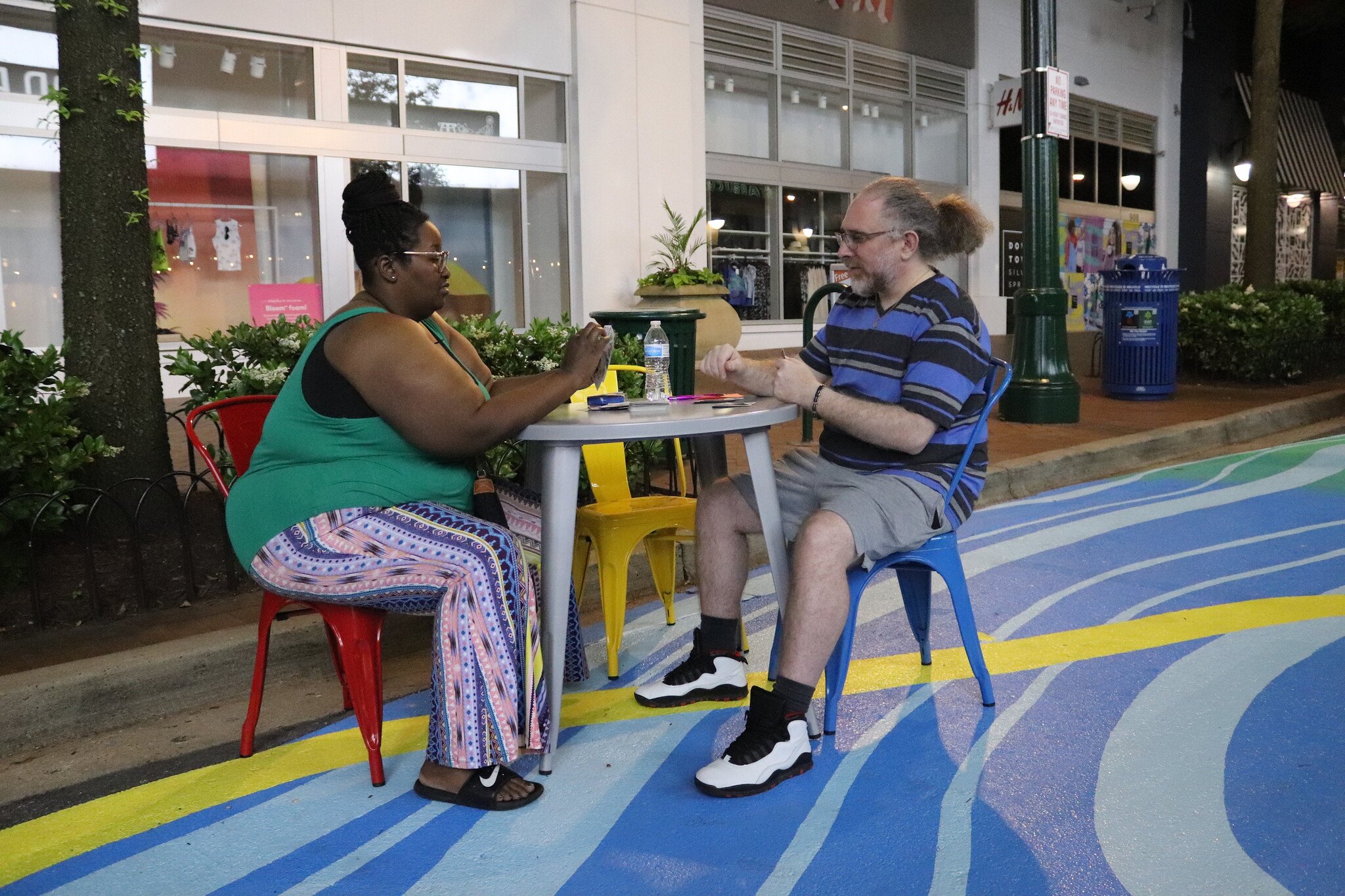
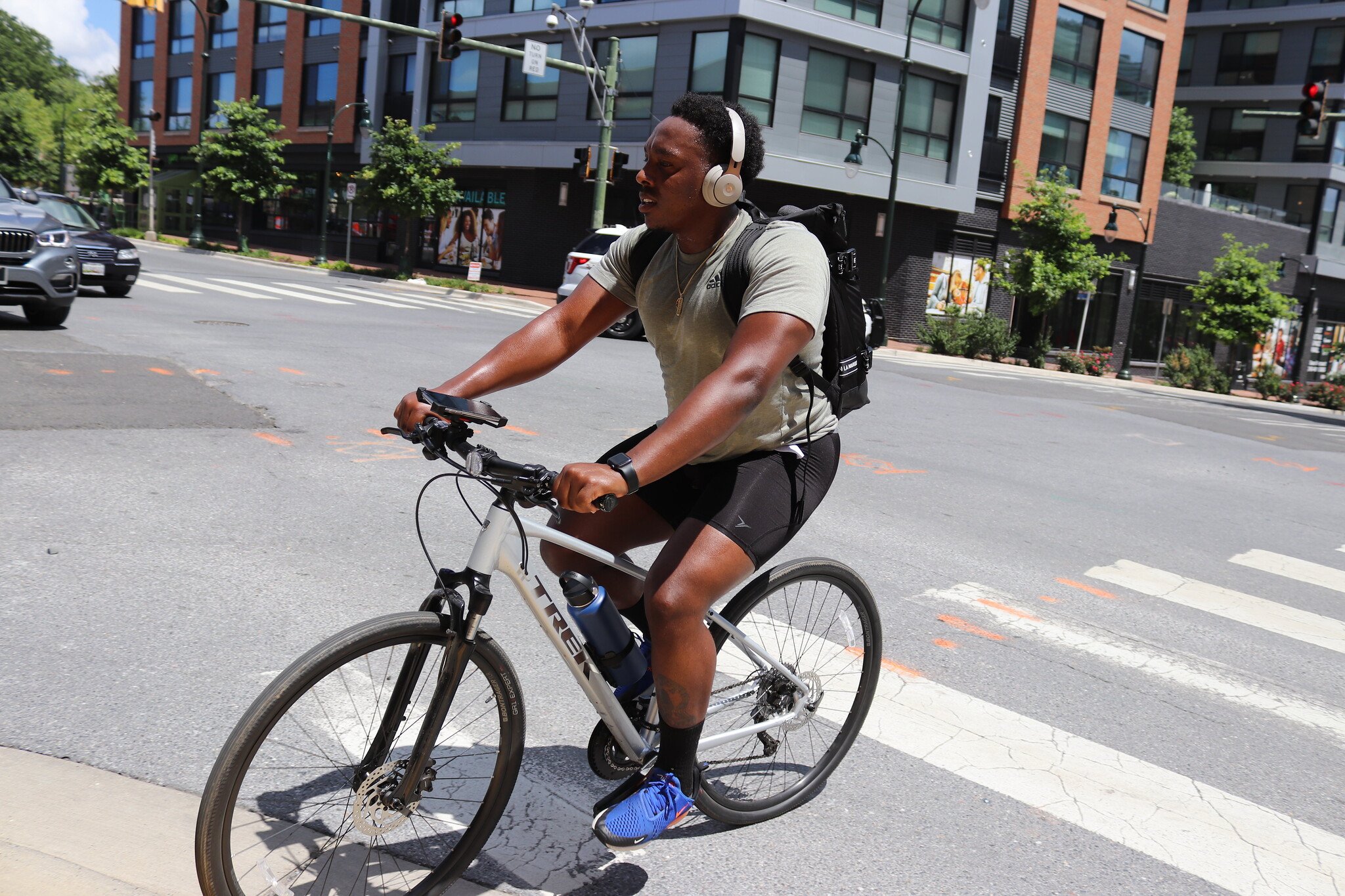
Smart growth is an approach to community development that addresses many of the challenges we face including quality of life, regional traffic, health, air pollution, and climate change, economic development and competitiveness, access to jobs, social and racial equity, land conservation, affordable housing, and affordable transportation.
Overview of smart growth issues:
-
Affordable housing policies aim to create a range of quality housing for people of all income levels so they may live close to transit, job centers, and other amenities. Policies can include requirements that new development include a certain percentage of units affordable for people at or below certain income levels, such as Montgomery County’s Moderately Priced Dwelling Unit (MPDU) program; the creation of public trust funds that invest in affordable housing preservation and production; use of public land and religious land for housing; and permitting of accessory dwelling units and “missing middle” housing options like duplexes, triplexes, and small apartment buildings.
-
Affordable, accessible public transit is integral to building inclusive communities. Community members who do not have access to personal vehicles, are unable to drive, or simply would rather not drive should still have the same level of access to jobs, schools, shops, and other basic amenities. Public transit supports mixed-use, walkable communities that reduce driving, air pollution, and greenhouse gas emissions. Public transit should be frequent, reliable, and affordable, while expanding access to jobs and opportunity.
-
Streets are public spaces that should safely accommodate pedestrians, cyclists, people with disabilities, and vehicles. People walking, biking, and using other non-auto modes deserve space and well-designed protective measures to encourage non-auto trips, and increase safety to get us closer to zero road deaths, or “Vision Zero.” Local street networks similar to those in historic cities and towns are an effective alternative to wide suburban arterials and are essential to support more sustainable communities.
-
Transit-oriented communities are mixed-use, mixed-income, compact, walkable, bikeable, and located near transit. The level of development can be scaled with the type, frequency, and richness of the transit network. Shifting toward transit-oriented development (TOD) is a crucial step in preserving land, reducing driving and emissions, and living more sustainably.
-
Sprawl is the uncontrolled outward expansion of auto-dependent, suburban development and the separation of residential, office, and commercial uses. It is dominated by single-family zoning, takes investment from existing communities, segregates, and prioritizes single-occupancy vehicles over all other modes of travel. Stopping sprawl is critical in protecting and preserving farms and natural resources, creating more sustainable and equitable regions with affordable access to opportunity, and stopping climate change.
Images by Dan Reed and Elvert Barnes